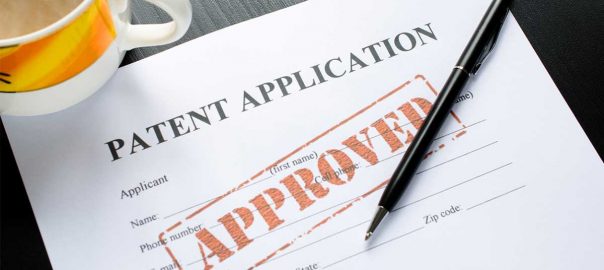You may have developed a new harvesting technology, or an improved production method. Or maybe a synergistic combination of ingredients, or a better packaging. Filing a patent application appears the way to go, in order to add value to your company and to attract investors. But some startups first need the investors to be able to invest in a patent application. Here are four valuable tips on how to set the patent application in motion with a limited budget.
Which came first? The chicken or the egg? Or in patent terms: the patent application or the investors? A patent application costs money and that is what many startups don’t have. An investor can help them with this, but investors prefer to get involved once a patent application has been filed, as is underlined by one of StartLife’s own foodtech startups.
“We are noticing the benefits of filing a patent especially when we talk to investors. When you say you are working on technology and development, the first question they often ask is: have you got a patent? When I tell them that we have filed a patent application, you notice that this helps, that you come across as more reliable and are taken more seriously.”
Birgit Dekkers, Co-founder of Rival Foods
In the paragraphs below, I will elaborate on the following four tips that will help you to set your patent application in motion at minimum expense.
- Do your own novelty search
- Make a good description of the invention
- Submit a provisional patent application
- Submit an international PCT application
TIP 1: Do your own novelty search
You can start by doing a novelty search yourself. Google and patent databases contain a wealth of information and publications. Find out what the differences are between your innovation and what already exists. Make an accurate comparison of this. Then discuss the results with your patent attorney.
TIP 2: Make a good description of the invention
You can make a detailed description of the invention yourself. Mention the advantages of the invention and the possible variations on it. Can the innovation be used more widely? What else can you do with it? What would happen if it were to be made of a different type of material? Where can you create variation points? This description is a useful starting point for me to start drafting the patent application.
TIP 3: Submit a provisional patent application
For startups with a limited budget it can be a financial and strategic advantage to start with a provisional patent application. By doing so you postpone the official filing and search costs. One disadvantage is that you miss the feedback from the searcher, but with a provisional patent application you do have a year to look for investors.
TIP 4: Submit an international PCT application
The PCT route is an opportunity to obtain international protection for your invention. This will postpone the costs of parallel country procedures by another eighteen months. In other words: it gives you even more time to work on your invention and to find investors or (large) partners. With the PCT application all options remain open.
Combined with the advantages of the provisional patent application you will have 2.5 years to decide for which countries the patent should apply. After that time, you should be selective when it comes to the choice of countries for the patent granting procedures. Where are your competitors located, where is your market?
Above all, don’t forget to ask investors and partners for their opinion!
Disclaimer…
I wouldn’t be a good patent attorney if I didn’t point out a disclaimer. If you want to save money as a startup, always opt for a balance between quality and cost-effectiveness and together with your patent attorney make strategic choices about what you want to do yourself and what you want others to do.
The chance of optimum protection is of course greatest if your patent attorney is given the time to take an in-depth look at your invention. A patent attorney can also introduce changes to the application, if necessary, based on the searcher’s feedback, in order to get a positive opinion from the official body at an early stage, which is something investors are really keen on!
Note: Mark Jolink is a Dutch & European patent attorney at EP&C, one of StartLife’s program partners. Mark is in food & nutrition, bio-based product technology, biotechnology & biochemistry, healthcare & medicine, and medical equipment. If you would like some advice on the costs of your patent application, feel free to contact him. Mark would be pleased to help you.
